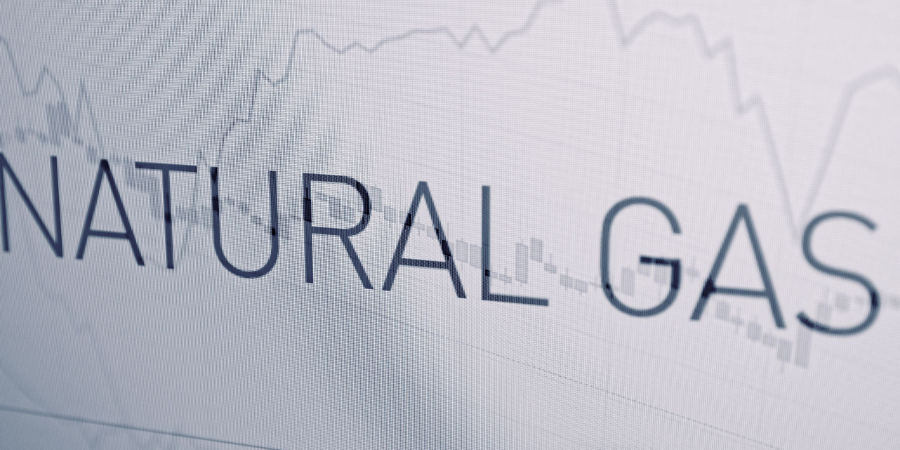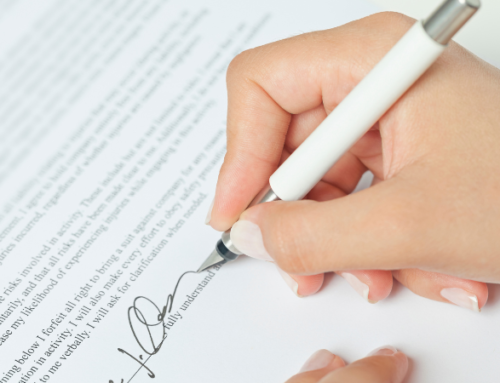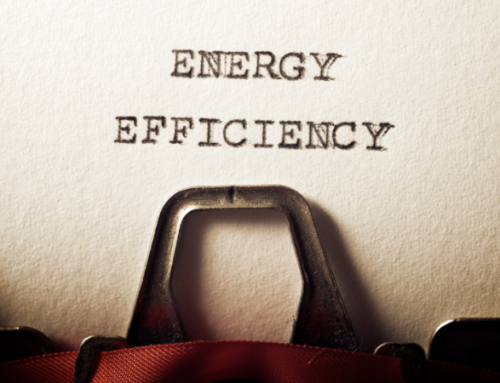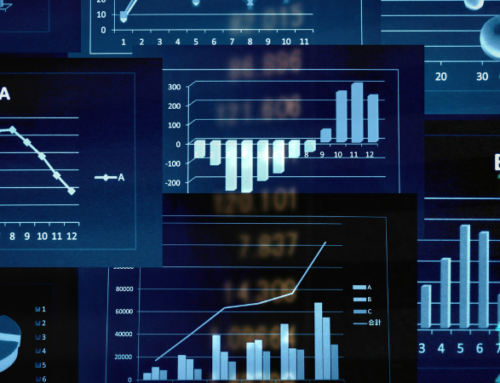The price of natural gas is largely correlated to natural gas supply and demand. When supply outweighs demand, prices tend to be lower. And vice versa, when demand outweighs supply, prices rise. This article outlines the details of natural gas supply and demand, the factors that affect demand, and natural gas’s impact on the global energy economy.
Understanding Supply & Demand
Supply and demand from a purely economic perspective is the measurement of the amount of a commodity, product or service, relative to its buyer’s desire to purchase it in the market. Economists claim that when supply is high relative to demand, prices tend to fall, and vice versa. Here is a simple chart outlining the supply and demand curve and their impact on market prices:
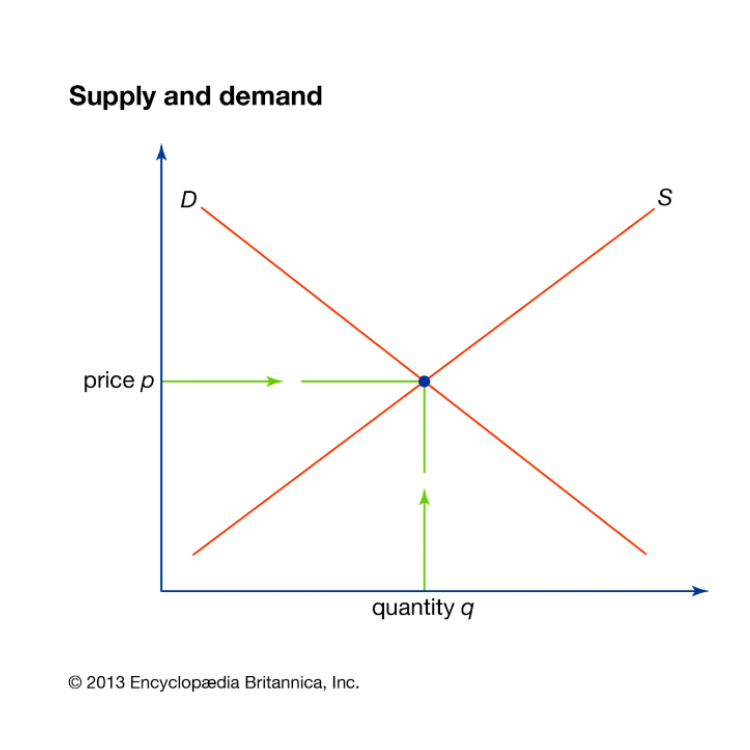
In the natural gas sector, supply and demand are the main driving forces behind the price of the commodity. When natural gas production is high and is greater than the current demand for gas, then prices are usually low or falling. And, when natural gas is in high demand for any reason, if supply cannot keep up, then prices tend to rise. Next, let’s explore the factors that affect natural gas supply and demand.
Factors That Affect Natural Gas Supply & Demand
There are many market forces at work in the natural gas sector. In this section, we will explore those factors affecting both supply and demand of natural gas. Let’s look at natural gas demand first.
Natural Gas Demand
To understand natural gas demand is to learn how gas is used in the physical market. When certain economic or political situations exist, it can create a higher demand for gas. Here are some of the top factors impacting natural gas demand:
- Weather: Weather is the largest driver of short-term natural gas demand. When temperatures are cold, natural gas is in high demand to heat homes and businesses. On the flip side, when temperatures are very hot, natural gas is used to generate electricity for cooling. So, both warm and cold temperatures create an increase in demand for natural gas. Milder temperatures in the Fall and Spring do not.
- Economic Growth: When the economy is booming and businesses are growing, this can place pressure on natural gas. Because natural gas is often used in many industrial processes and manufacturing, economic growth causes businesses to need more natural gas for their operations. In addition, close to half of all U.S. electricity production comes from natural gas, so when the economy is booming and businesses are using energy, natural gas becomes a critical element.
- Prices Of Alternative Fuel Sources: When the prices of alternative fuels, such as petroleum or coal, are on the rise, some are able to replace those fuel sources with natural gas. In an economy where many businesses are able to switch in between fuel sources easily, prices of these fuels become inversely correlated. If it is more expensive to operate your facility using petroleum, one might start using natural gas to save money. In turn, this creates more demand for natural gas.
Natural Gas Supply
Natural gas supply, on the other hand, is the measure of the total amount of natural gas available for consumption. When supply is high, prices tend to drop, and when it is low, prices rise. Here are some of the top factors that affect natural gas supply:
- Gas Production: When natural gas producers are drilling for gas, they are continually adding supply into the market. When production is low, for whatever reason, gas supply tends to drop.
- Net Imports: Another factor affecting the supply of gas in any market is the total net imports into the country or market. Some regions, and even countries, send gas to each other. When net imports are high, there is more supply in the given market.
- Storage: Finally, the total amount of storage of natural gas is a big factor affecting supply figures. April 1 through October 31 is considered “injection season” in the natural gas market when natural gas is stored for higher-demand Winter months. These storage figures are reported weekly, and the total amount of storage affects natural gas prices. Here is an example of a natural gas storage chart reported on by the EIA:

Europe And Natural Gas Supply & Demand
Since most European countries do not produce natural gas, they rely on other countries like Russia and the United States for natural gas imports. As we have seen recently with the Russia-Ukraine War, this can create lots of stress on the European energy economy. Since natural gas supplies from Russia were interrupted, energy prices in Europe soared (remember, when supply is low prices rise). This even forced European lawmakers to enact a European gas cap so that consumers did not have to pay extraordinarily high prices in the Winter.
Because European nations are at risk of not having enough natural gas supply, the United States has been exporting gas to Europe in its liquid form (liquified natural gas or LNG). The added European demand is another factor affecting U.S. natural gas demand and even caused U.S. prices to rise over the Winter.
The Global Natural Gas Market
While natural gas is used in many industrial processes, to produce electricity, and to heat homes, many countries do not have the resources to produce natural gas on their own. In fact, the United States is the world’s leading producer of natural gas followed by Russia. Many countries in South America, Asia, and Europe rely on Russian or American natural gas imports to survive. Check out the chart below outlining the top natural gas producers by country:
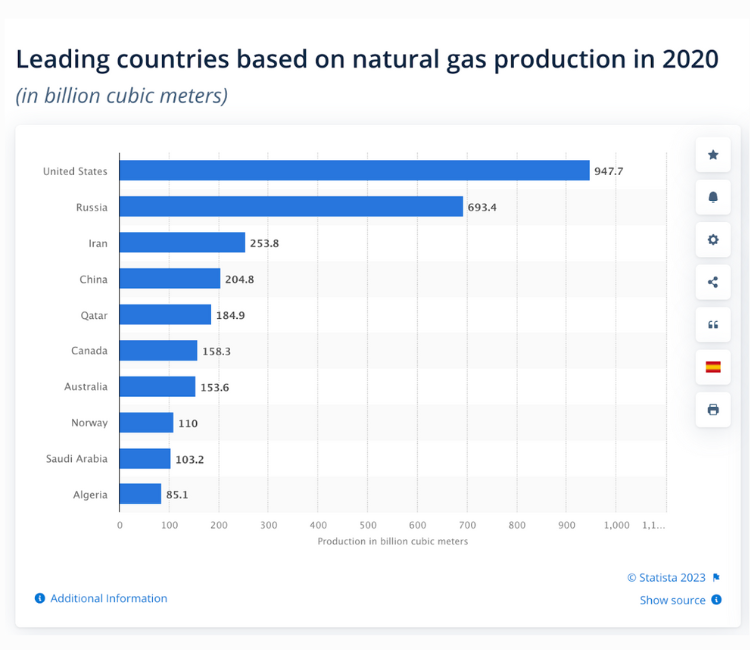
The Impact On The U.S. Market
Today, much of the world is turning to the United States for natural gas supply, which is having an impact on U.S. gas demand. Over the past several years, this added stress on U.S. gas caused prices to rise significantly. See the price chart below outlining the price of natural gas over the last 5 years:

As you can see from the chart above, most of 2021 and all of 2022 saw drastic increases in natural gas prices. This was due to a number of factors including low supply levels and increased demand from Europe.
Thankfully, the United States has an abundant supply of natural gas resources and production is nearing all-time highs again. Although the amount of active natural gas drilling rigs in the U.S. reduced greatly during the pandemic, today production has ramped up significantly. Here is a chart showing current U.S. active natural gas production rigs:

2023 Natural Gas Price Forecast
If the market continues to trend as it has been since the beginning of 2023, lower natural gas prices are expected for the remainder of the year. There are several data points supporting a bearish market for natural gas in 2023:
- Storage Levels Are Near 5-Year High: Because of the mild Winter, most of the natural gas that was allotted was not used. This has had a positive effect on storage levels.
- Natural Gas Production Is Up: As we previously saw from the live drilling rig count chart, natural gas production is reaching pre-pandemic levels. If production continues, there will be an abundant amount of supply, supporting a decrease in prices.
- Looming Recession: There has been lots of talk of a looming recession. If this comes to pass, an economic slowdown will lessen demand for natural gas and cause prices to fall.
Looking For An Expert To Help You Navigate The Natural Gas Markets?
Our team of energy professionals has over 100 years of combined experience in the retail and wholesale energy markets. Not only do we have a deep understanding of the fundamental factors affecting price, but we also have access to real-time data to produce accurate forecasts. Whether you are looking for advice for your business, or you are an energy broker trying to advise your clients, we can help. Contact us today to learn more.
